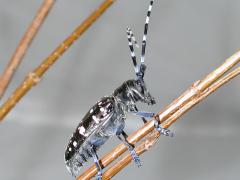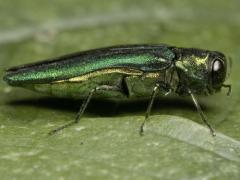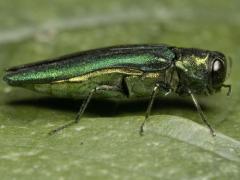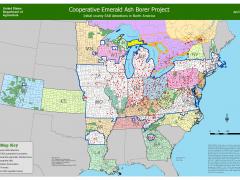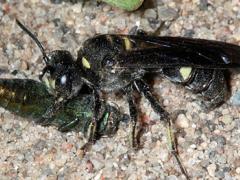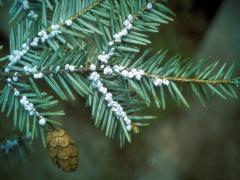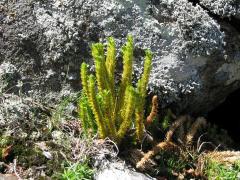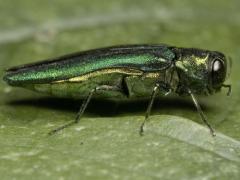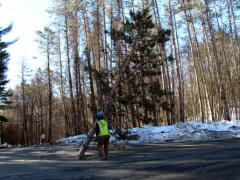Wasp helping to monitor, sting destructive emerald ash borer in New Hampshire

DURHAM, New Hampshire — A destructive beetle that targets ash trees — known as the emerald ash borer — may have met its match.
Entomologists believe a wasp may be more effective monitoring the spread of the beetle than standard traps.
Morgan Dube, a graduate student in biological sciences and entomologist with the New Hampshire Department of Agriculture, Markets...
